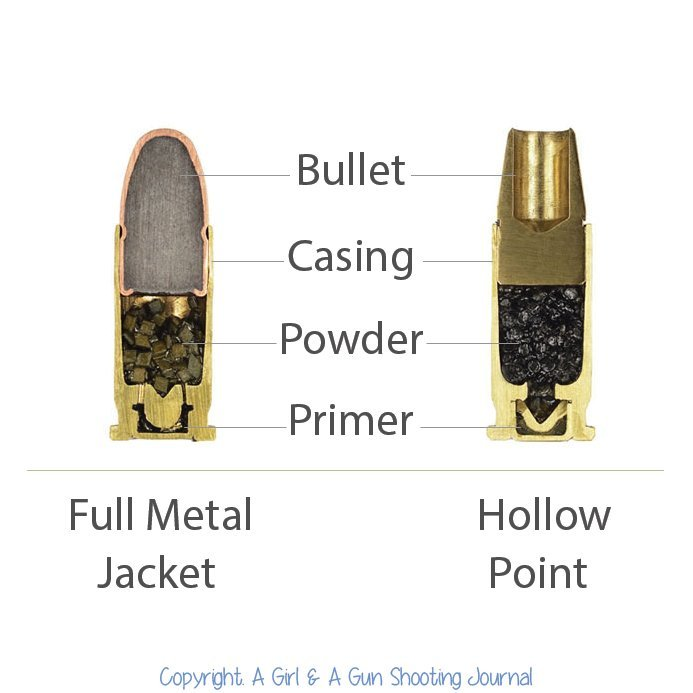Unit 3: Firearms and Toolmarks
Microscopes →Which is used for bullet comparison? Which uses electrons?
A comparison microscope is used for bullet comparison.
A microscope that uses electrons is the SEM – scanning e- microscope.
Firearms
What is rifling?
Rifling – the spiral grooves that are formed in the bore of a firearm barrel. Makes the projectile spin when fired.
Individual vs. class characteristics of firearm
Individual
- Striae
- Firing pin marks
- Breech marks
- Extractor marks
- Ejector marks
- Chamber marks
Class
- Bullet type
- Bullet caliber
- Bullet weight
- Lands and grooves
- Rifling
- Cartridge case
- Headstamp
How could you make a match→ suspect bullet vs. known bullet
To match bullets to a gun, test bullets must be fired through a suspect barrel for comparison. • Goddard & Comparison Microscopes – Examined bullets sideby-side (to match striated markings).
Label bullet/casing/powder/etc in diagram

Trajectories→ calculate distance above ground using tan formula
GSR→ element composition? (composition compared to explosive residue?)
GSR= lead, antimony, and barium.
Colour test for presence of lead?
To confirm the presence of lead, the Sodium Rhodizonate Test is used.
Contact vs. close vs. distance gunshot wound
Distant shot-- no powder burns on the skin, no pieces of unburnt powder (called stippling), a slight grey smudge around the entrance wound called bullet to wipe (lubricant, lead, powder, and other materials).
Contact shot--Powder burns are present, and clothing and skin may be torn from the introduction of gases, stippling inside the wound.
Near Contact shot--powder burns on skin, clothing and hair, stippling is present in a very narrow area, bullet wipe hard to see because of other materials present.
Toolmarks
How are impressions made (hard vs. soft metal)
The hardness of a tool influences the resulting marks left on the softer object.
Indentation marks are made when a tool is pressed against a softer surface.
Microscope used?
The comparison microscope
Do you put suspect tool into known impression?
Under no circumstances must the crime scene investigator attempt to fit the suspect tool into the tool mark. Any contact between the tool and the marked surface may alter the mark and will, at the least, raise serious questions about the integrity of the evidence.